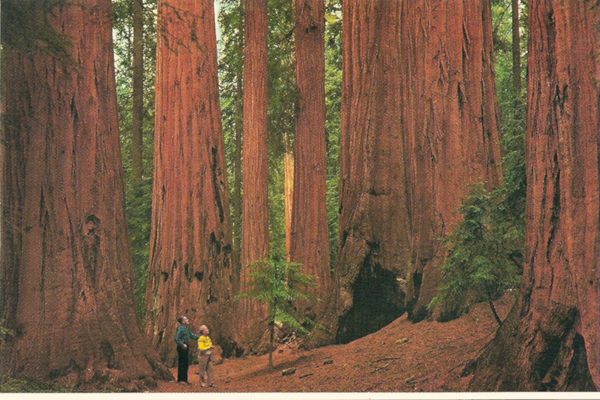Meadowcroft Rockshelter: North America’s Oldest Human Settlement
Meadowcroft Rockshelter archeology site (image by Jim Cheney)
One day in 1955, Albert Miller made his way up to a hillside rock overhang on his farmland in Avella, Pennsylvania. There he noticed several curious objects in a recently dug groundhog hole. Picking them up, he realized they were of Native American origin. However, Miller had absolutely no idea that he had stumbled upon a find that would ultimately change our understanding of the entire history of people in the Americas.
It wasn’t until 1973 that the first archeologist, James M. Adovasio, finally came to the property to properly dig the site. Once work started, Adovasio was shocked at what he uncovered. This wasn’t any ordinary Native American site. In fact, it was older than any other site found in the New World, dating to somewhere between 16,000 and 19,000 years old.
Given that 1970s understanding of human migration to the Americas had human habitation dating back only 10,000-12,000 years, this was a major find. Even more remarkable is that the rock shelter showed signs of continuous human habitation up until the 18th century, making it not only the earliest known place of human habitation in North America, but also the longest continually used site.
Meadowcroft Rockshelter (image courtesy of Meadowcroft, copyright Ed Massery)
However, it’s worth noting that while a plurality of scientists agree with Adovasio’s age for the Meadowcroft Rockshelter, according to a recent study roughly one in five think that the results are inaccurate and the site is much more recent. This doubt isn’t entirely surprising given how much the discovery of Meadowcroft has changed the understanding of human migration to the Americas.
But this small amount of dissent hasn’t discouraged Adovasio and his team of archeologists. Digs at what became known as the Meadowcroft Rockshelter were done every summer from 1973-1979 and have been done ever few years since. During this time, over 20,000 artifacts have been recovered. The discovery of items such as wood and bone tools, baskets, pottery, and deer bones have helped to fill out the story of the pre-Clovis peoples that occupied the site. Archeologists have even discovered a 12,000-year-old spearhead—the oldest ever found in North America.
12,000-year-old spearhead (image courtesy Meadowcroft Rockshelter)
For 25 years, visiting the rock shelter was a challenge, since you had to climb a steep hillside from Cross Creek below to Meadowcroft Rockshelter above. However, in 2008, a staircase and modern facility were constructed on top of the shelter. This not only stabilized the site, but also made it significantly easier for visitors to see.
Today, the facility includes a short video that explains the site, allows visitors to get closer to the dig locations, and shows them some areas where ancient campfire sites were found. Visitors also learn a bit about the natives who later inhabited the area, as well as what it was like to be a European settler in western Pennsylvania.
Meadowcroft Rockshelter Interior (image courtesy of Meadowcroft, copyright Ed Massery)
One area of the grounds includes a reconstructed prehistoric Native American Indian village that gives you a great opportunity to see how the local Monongahela tribe lived in the 16th century. This group of natives disappeared prior to European settlement, so the village is one of the few places where you can learn what archeology has told us about their lifestyle and culture. There is also a 19th century village on site that gives you a great chance to learn about what life was like for the first European settlers to the region.
Reconstructed 16th century Native American village (image courtesy Meadowcroft)
However, while both the 16th century and 19th century villages are worth visiting, the clear highlight of any visit is Meadowcroft Rockshelter. After all, how often do you get to see a site that literally rewrote the history books?
























Follow us on Twitter to get the latest on the world's hidden wonders.
Like us on Facebook to get the latest on the world's hidden wonders.
Follow us on Twitter Like us on Facebook